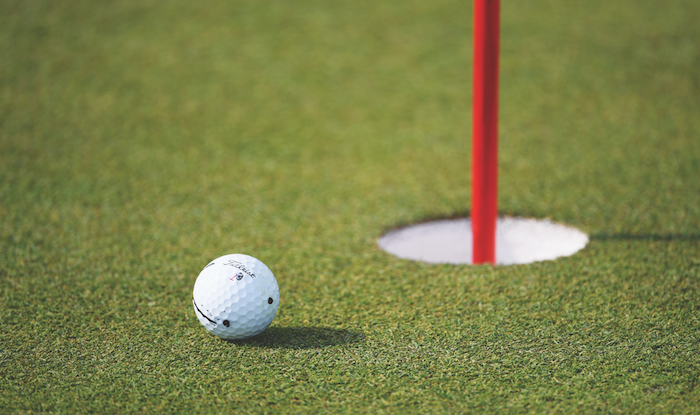The golf ball doesn’t need to change. It’s fine just the way it is.
There is one rampant discussion in the world of golf that simply must come to an end – the one about the golf ball and its ‘effect’ of rendering established golf courses powerless to the modern player.
Perhaps it’s a US fascination with length, but the revolutionary modern golf ball has zero negative impact on the vast majority playing the game. I don’t know of a single player, nor have I played with any golfer who has hit the ball too far or complains about hitting it too far. Sure, I’ve seen a plus-two handicapper shoot 65 (good enough to beat me by 18 shots that day) with two par-five eagles, but what’s wrong with that?
What’s the point of the game, specifically for budding hackers and big-dreaming amateurs, if not to bring the course to its knees? Or at least attempt to. It’s rarely done and usually the best scores are not from going driver, wedge into par fives, but rather enjoying a great day with the putter.
Bifurcation – one ball for pros and one for amateurs – you say? There’s some logic behind that, but then you just have to point to Le Golf National, the venue for Team USA’s resounding if not humiliating defeat at the Ryder Cup.
The course features narrow fairways and penal rough on a design that gives ample reward to accurate long hitters, but is just as quick to punish wayward drivers. That course made Phil Mickelson one of the most redundant wildcard picks in recent memory and the set-up drew criticism from the increasingly volatile lefty.
He wouldn’t want to waste his time on a course like that … True story, Phil.
It’s a track that was never going to aid one of the most erratic drivers on the PGA Tour. But it certainly did amplify the arguments of those who are perfectly OK with watching pros ‘destroy’ shorter courses in birdie fests and then struggle on designs that place a premium on sniper-like accuracy.
That’s the beauty of golf – you can have it both ways without changing the playing fields, or rather the golf ball. Having played a number of courses where professional events have been held, it’s always a mesmerising experience to look at your drive and then advance way down the fairway to where the pros end up.
Green speeds and their complexities mean the game might drastically change if pros are hitting a 5-iron instead of an 8-iron. Again, for the sport to grab new players, is level par really going to be attractive? You want to create excitement and add fireworks where no lead is safe because someone can shoot 60 and come from behind and win – not that this happens every day.
More birdie chances on the back of booming drives from athletically superior players is surely only going to add to the intrigue of the game.
The Ryder Cup was the perfect example of attracting a new, more diverse audience to the game. The 1st hole was a 4-iron and wedge, but then how many balls were dunked into the water? It made for compelling viewing, with enough risk-and-reward options throughout the 18 holes to entertain – the key word, after all – a large audience.
The debate on the ball and how far it travels continues to fill websites and magazines. There’s a lot of high-profile support for keeping it the way it is, and almost as much for changing it to reduce the modern player’s chances of overpowering designs unable to increase their length.
Put your best pro in a 35km/h wind at Humewood, St Francis Links or Arabella and they will struggle. Put Phil Mickelson or even Tiger Woods on Le Golf National and they did struggle. There are enough course varieties around the world with many benefits and selling points to the viewing (and playing) public, and there’s no overriding evidence in favour of dialling the ball back for any calibre of player.
The golf authorities are doing a decent enough job of keeping the evolution of clubs and balls in line, so instead of moaning and groaning about 25 under par winning the tournament, why not sit back and enjoy the show?








